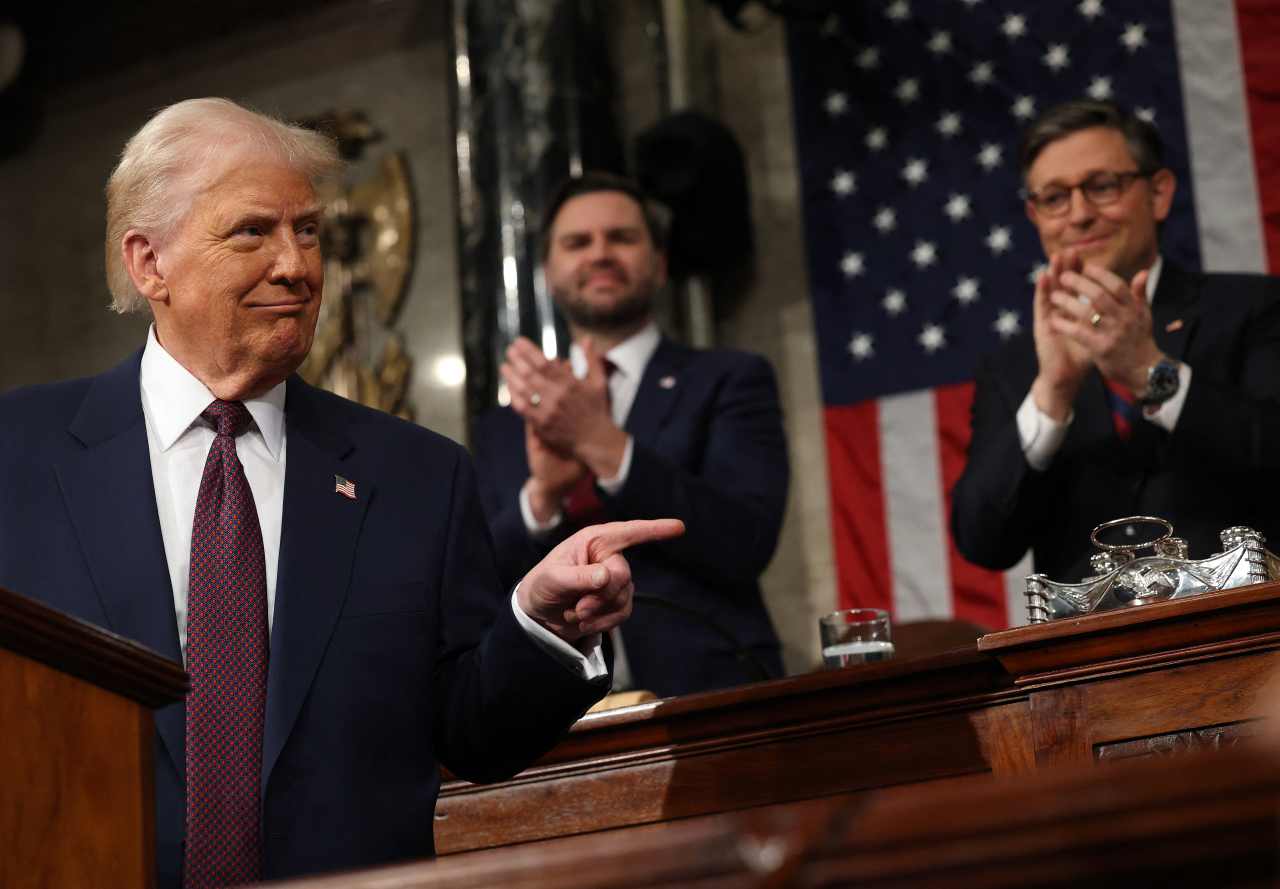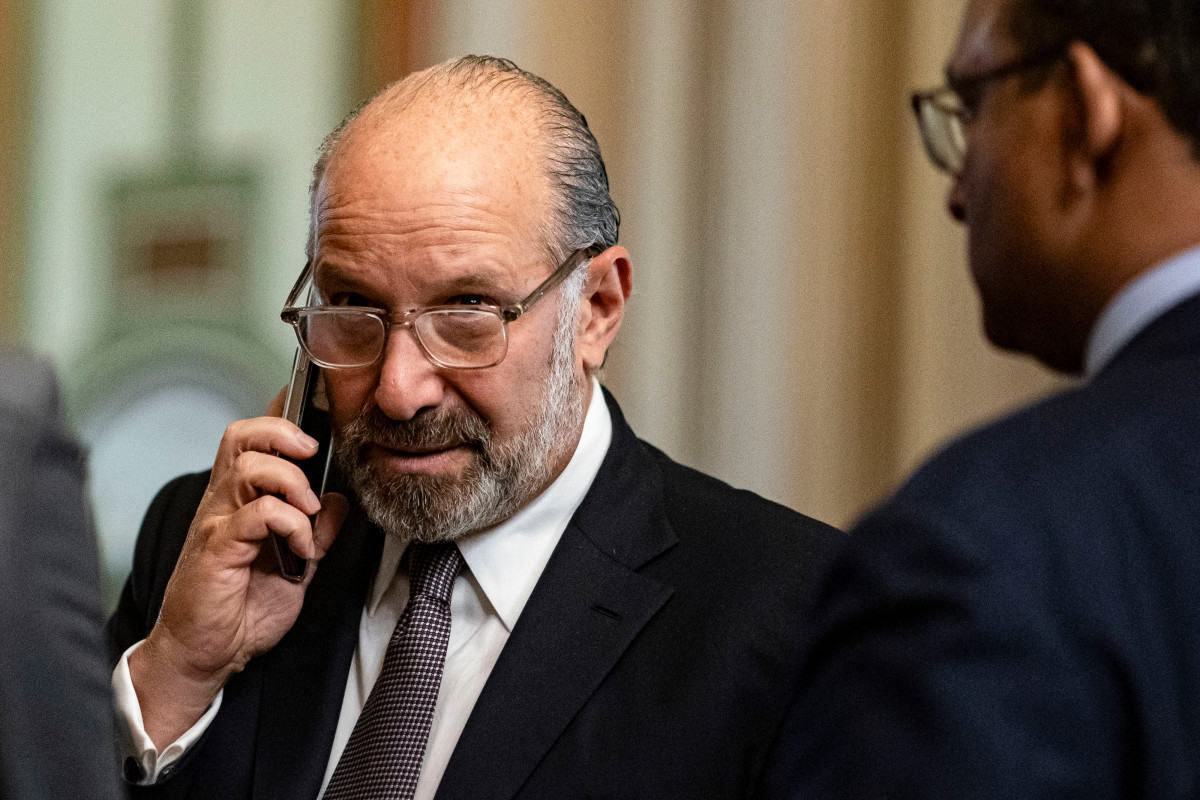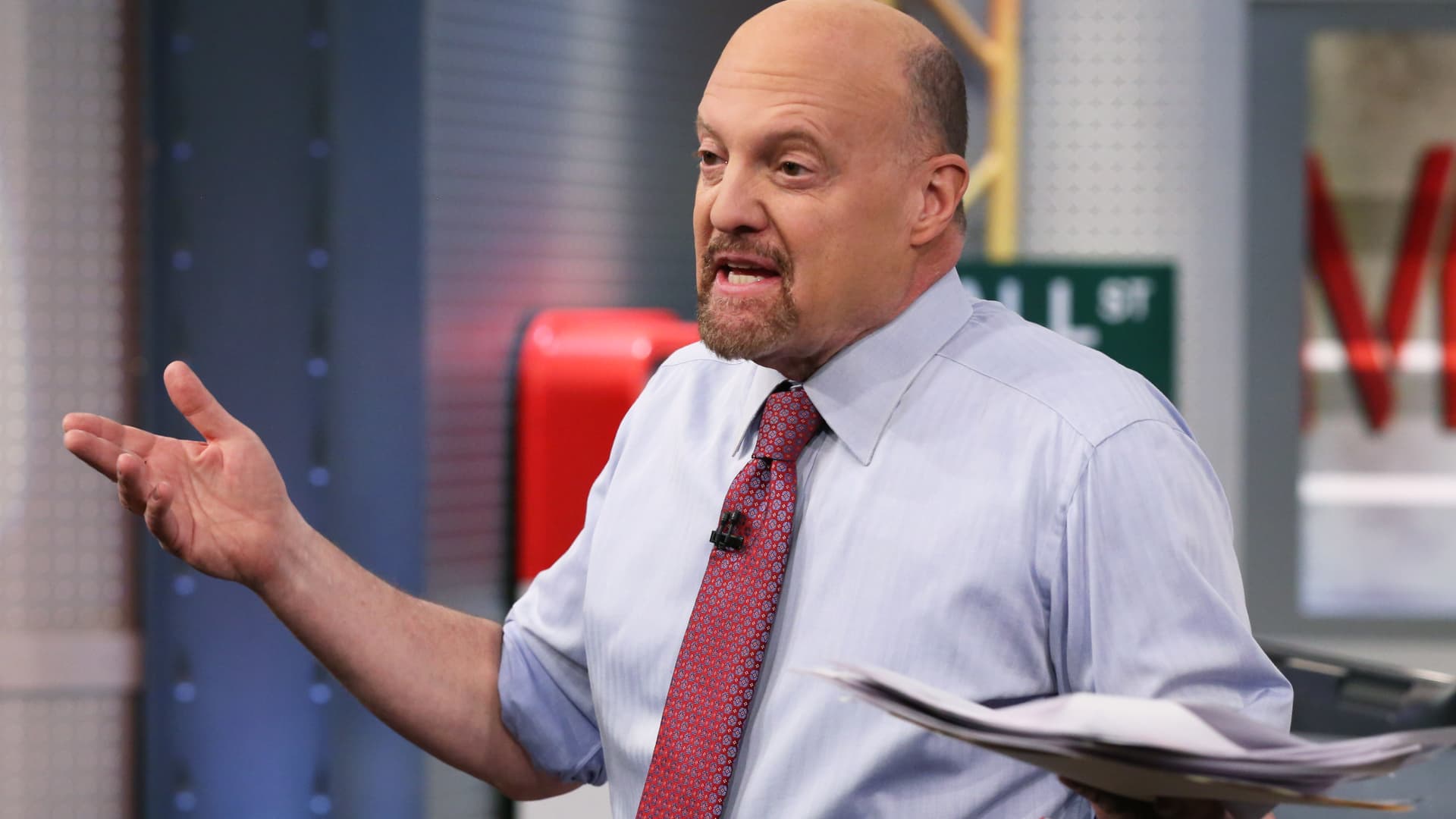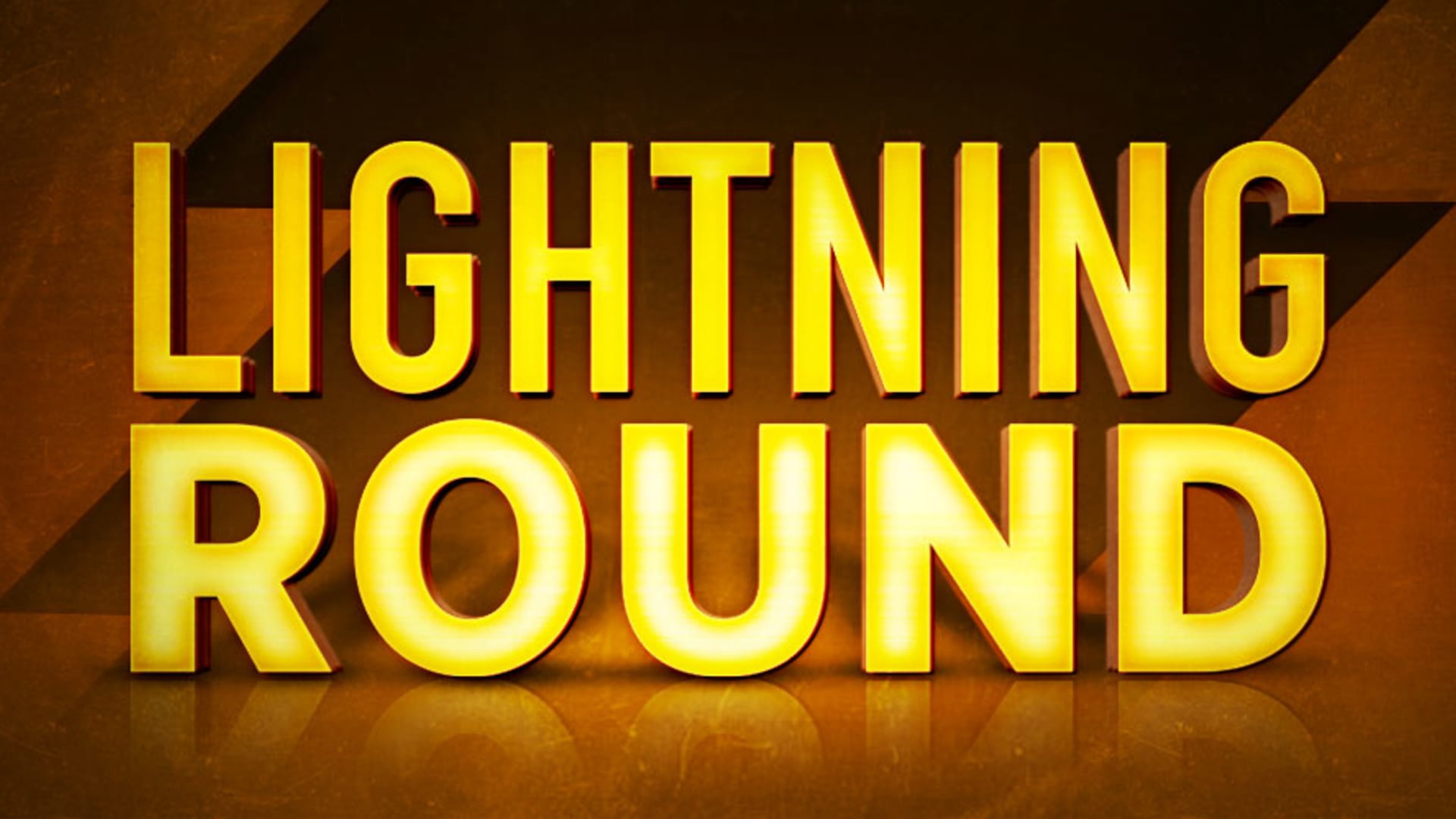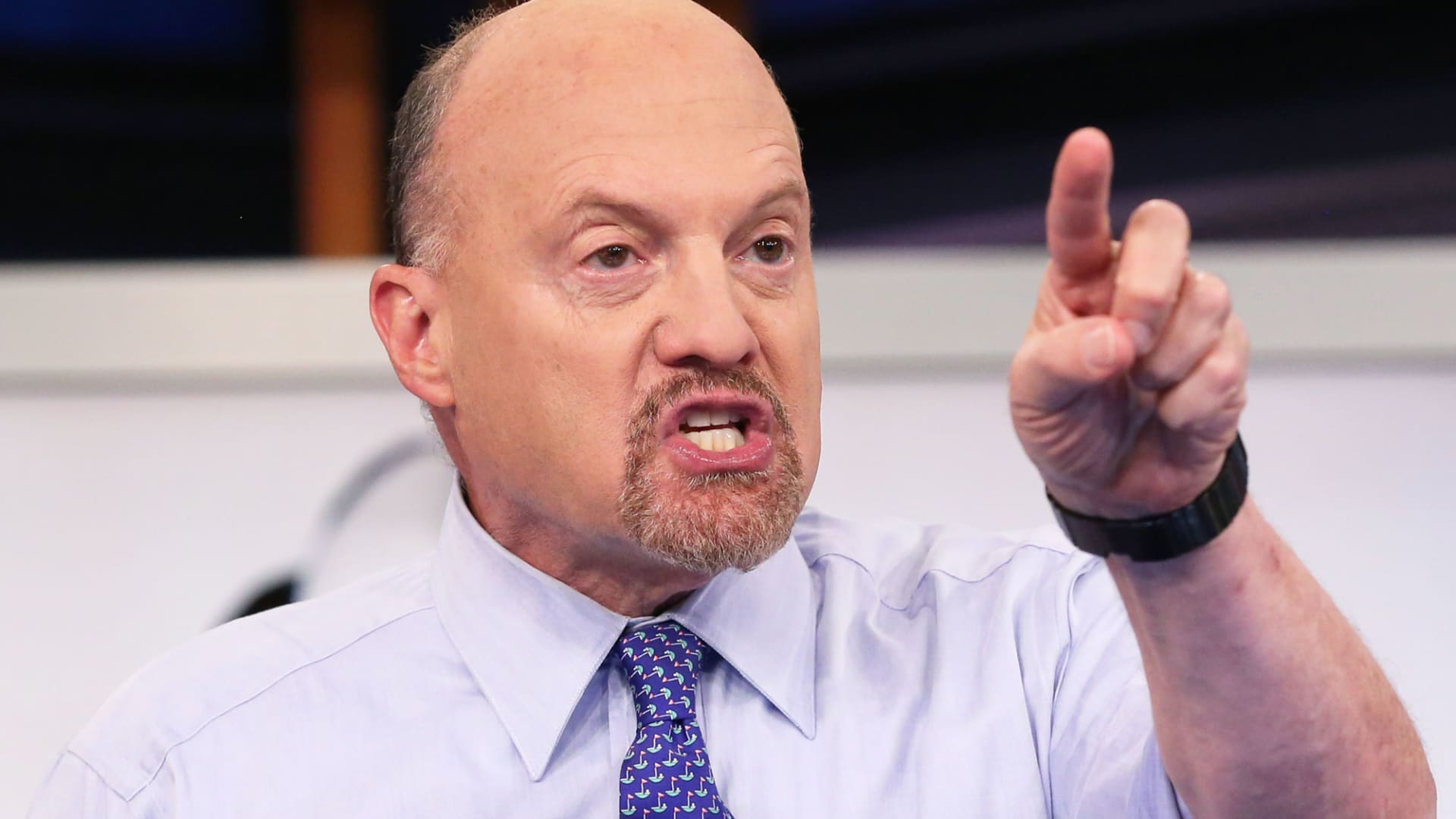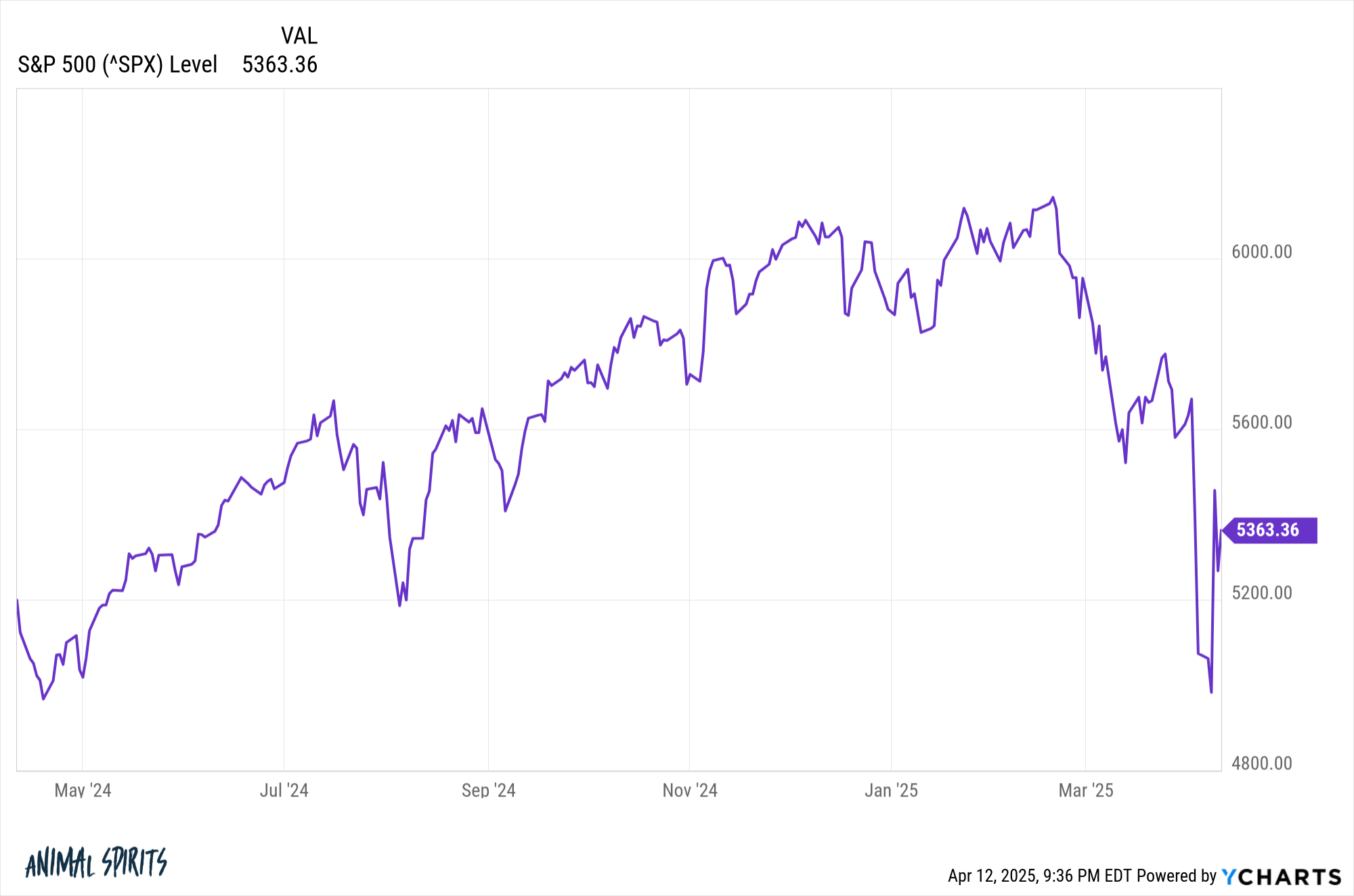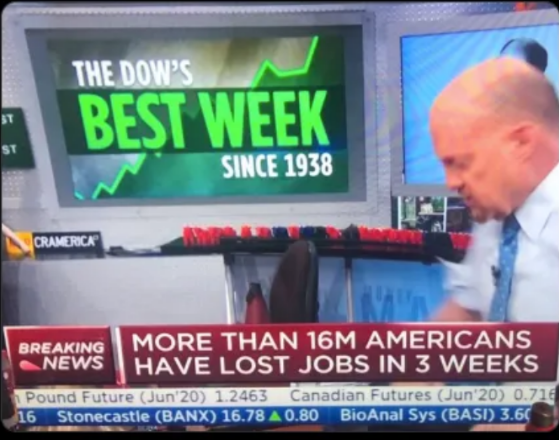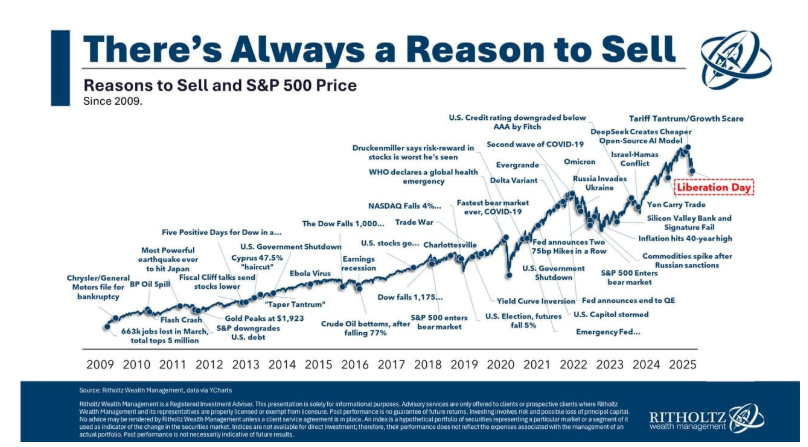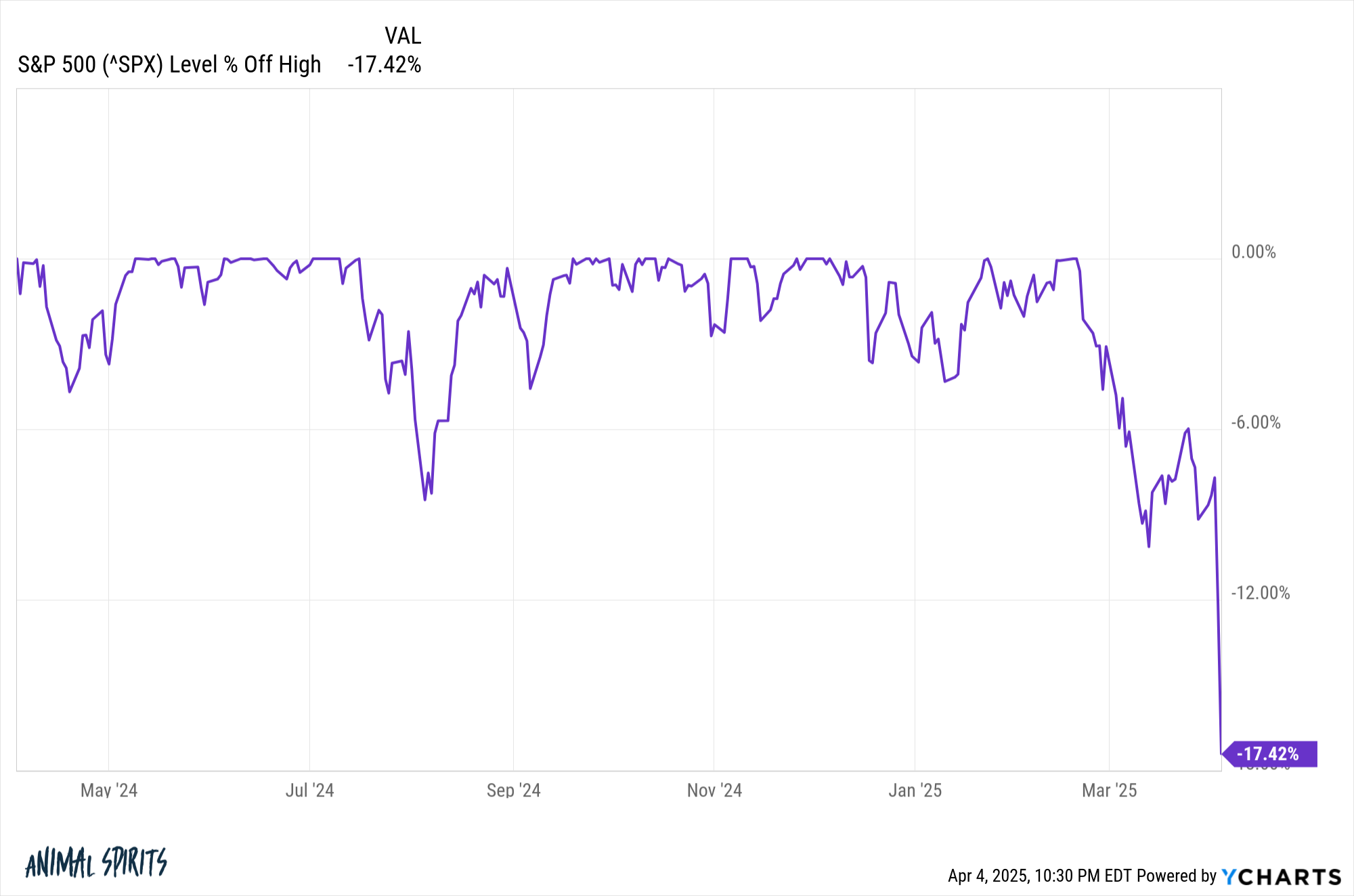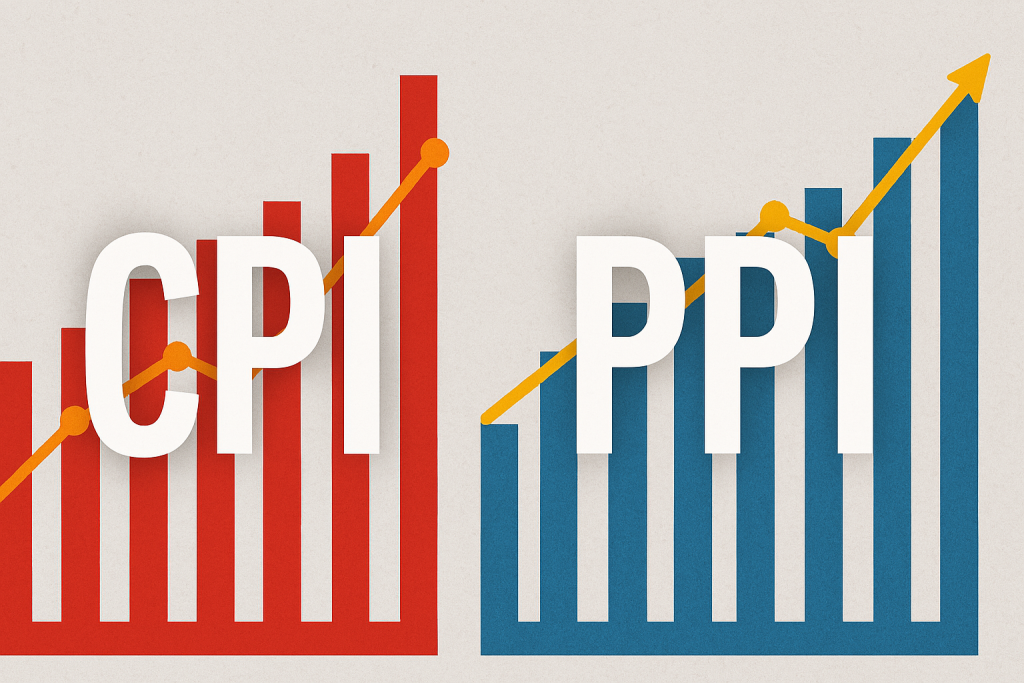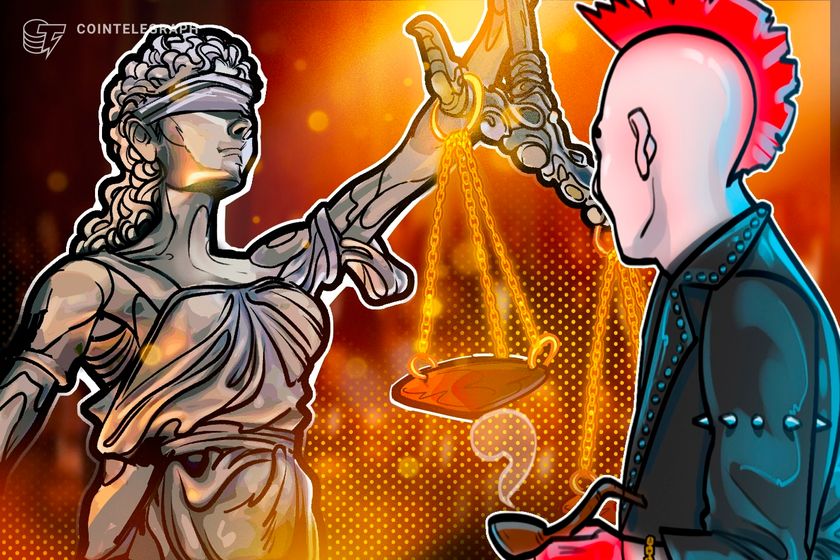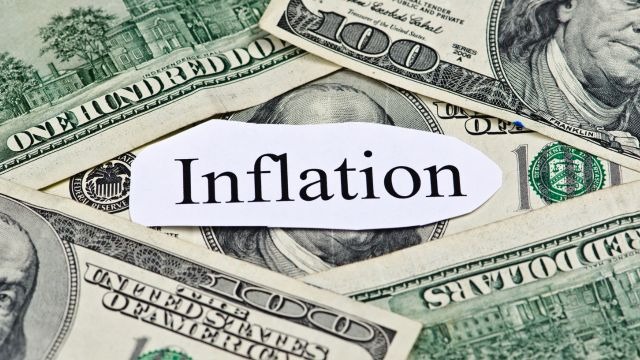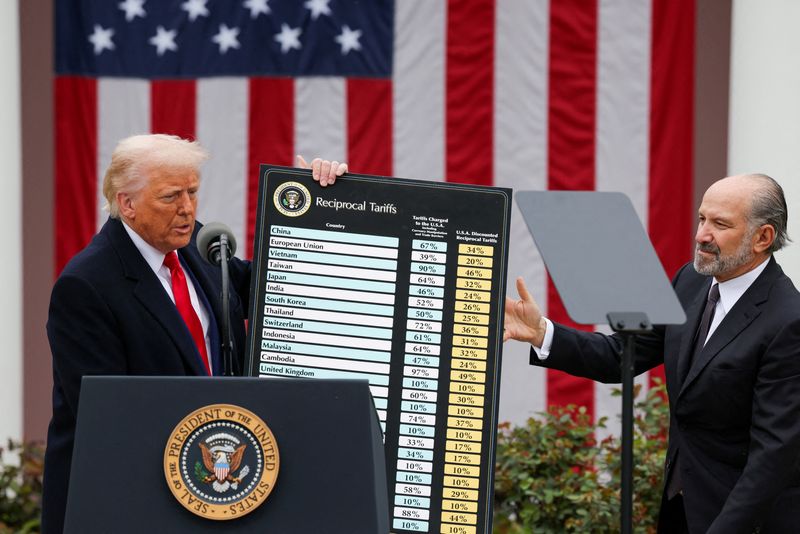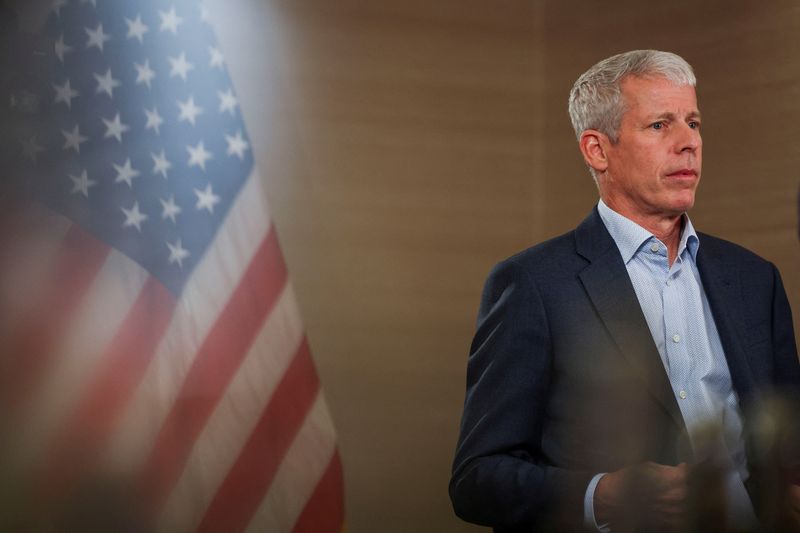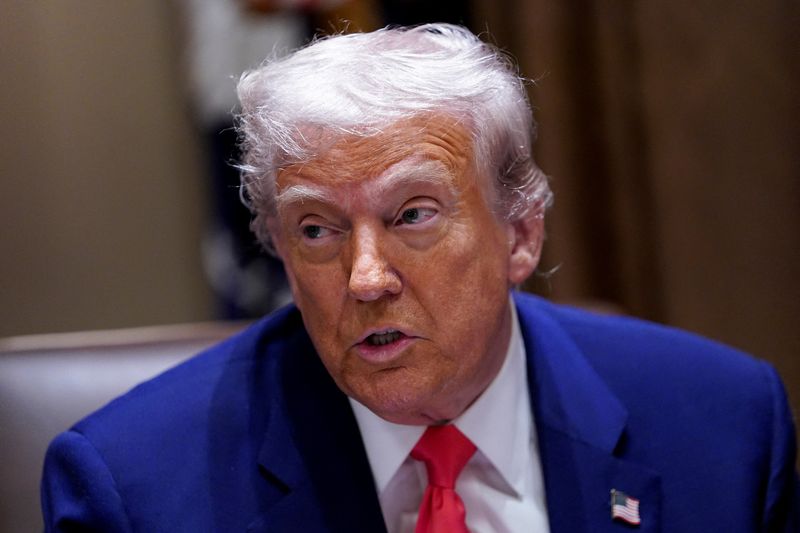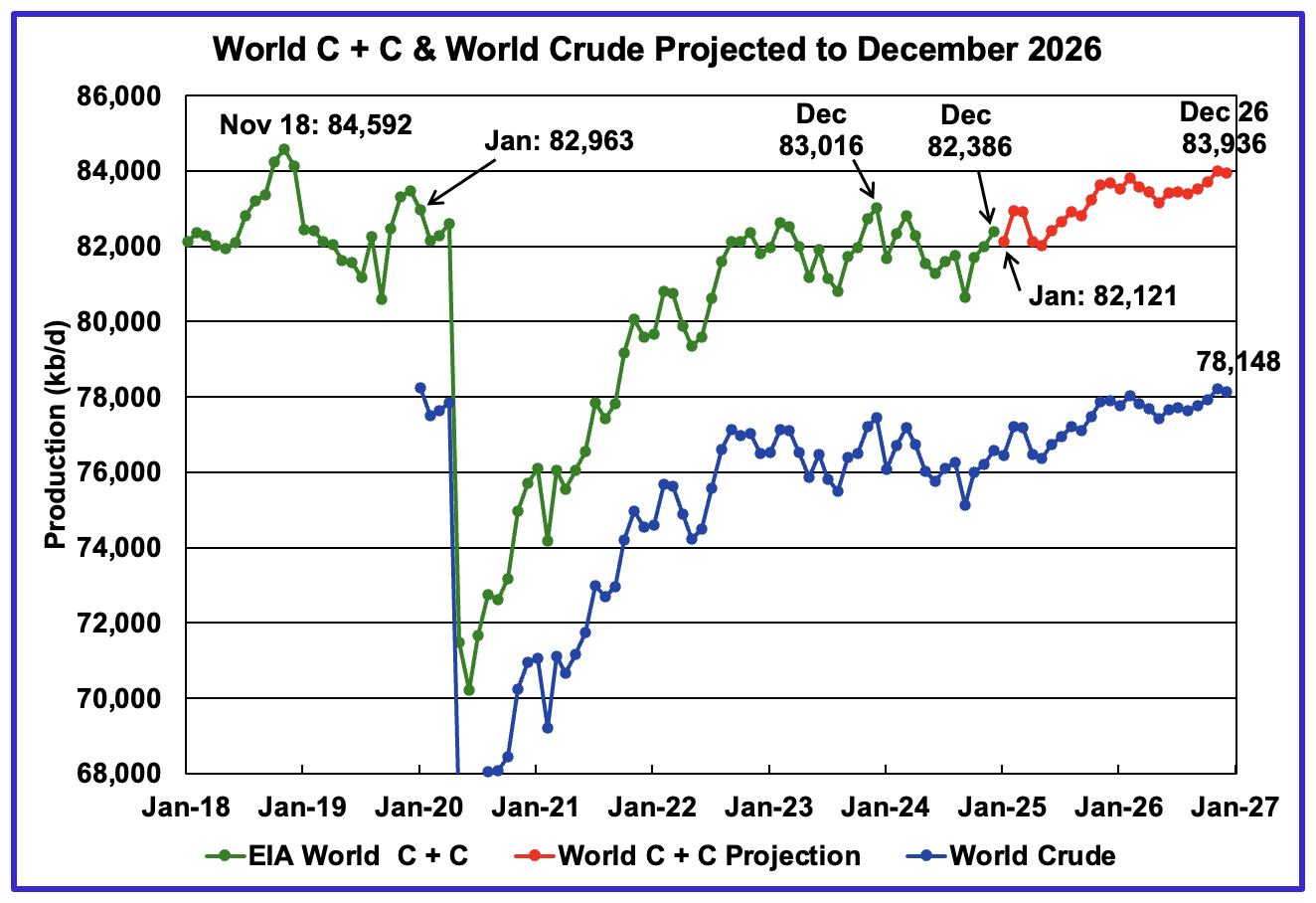2 in 3 Americans Believe the Tax Code Is Too Complex – Can Trump Fix It?
The U.S. tax code remains a labyrinth that baffles most Americans. A National Tax Literacy Poll conducted by the Tax Foundation and Public Policy Polling in 2024 found that about two-thirds of over 2,700 surveyed taxpayers view the federal tax code as overly complex. This sentiment spans political affiliations, income levels, and educational backgrounds, highlighting […] The post 2 in 3 Americans Believe the Tax Code Is Too Complex – Can Trump Fix It? appeared first on 24/7 Wall St..

Death and taxes are the only inevitables in life, but Americans are clamoring for reform and would like to stick a fork in the complexities of the U.S. tax code.
President Trump has promised numerous solutions to the problems of the current tax system, but with a lot on his plate from competing needs, can he get it done?
Are you ahead, or behind on retirement? SmartAsset’s free tool can match you with a financial advisor in minutes to help you answer that today. Each advisor has been carefully vetted, and must act in your best interests. Don’t waste another minute; get started by clicking here here.(Sponsor)
Key Points
The U.S. tax code remains a labyrinth that baffles most Americans. A National Tax Literacy Poll conducted by the Tax Foundation and Public Policy Polling in 2024 found that about two-thirds of over 2,700 surveyed taxpayers view the federal tax code as overly complex.
This sentiment spans political affiliations, income levels, and educational backgrounds, highlighting a shared frustration. Because President Trump has a lot on his plate, not least of which is shocking the stock market with his on-again, off-again tariffs, can he tackle this tax complexity beast?
The poll’s insights reveal why complexity persists, its real-world impacts, and some potential fixes — all questions Trump’s administration might soon face.
Why is it so confusing?
The tax code’s intricacy stems from multiple layers: tax brackets, deductions, credits, and filing statuses.
The U.S. uses seven progressive income tax brackets, ranging from 10% to 37%, but the poll showed over half of respondents don’t understand how they work. Unlike a flat rate, U.S. income is taxed incrementally, so only the portion within each bracket faces that rate, yet 61% of the poll’s respondents were unsure or clueless about basic concepts like this.
Deductions and credits add more knots. Itemized deductions, like mortgage interest and charitable gifts, and credits, such as the Child Tax Credit, offer relief but require navigating dozens of eligibility rules.
The Tax Foundation poll found most respondents couldn’t distinguish a credit’s dollar-for-dollar value from a deduction’s income reduction. Filing statuses — single, married filing jointly, head of household — further muddy the waters, with rules shifting tax liability unpredictably. This sprawling system, bloated by decades of legislative tweaks, overwhelms even diligent taxpayers.
Errors and paid preparers
Complexity breeds mistakes and dependency. The IRS estimates 17% of returns contain errors, often from misapplied deductions or misunderstood brackets, that cost taxpayers refunds or trigger audits.
The poll’s literacy gap suggests many don’t grasp their own filings, let alone the overall system, risking overpayment or penalties. This confusion drives reliance on paid preparers like H&R Block (NYSE:HRB) or they turn to software, such as Intuit’s (NASDAQ:INTU) TurboTax. These options thrive because 60% of filers pay for help, and spend some $30 billion annually.
Two-thirds of poll participants who call the code unfair likely feel this burden. It mean complexity isn’t just inconvenient, it’s expensive. For lower-income filers, who the poll showed scored worse on literacy — only 18% answered correctly about tax brackets versus 44% for high earners — this reliance deepens financial strain.
Can Trump simplify it?
Trump’s first term slashed the corporate tax rate and doubled the standard deduction via the 2017 Tax Cuts and Jobs Act (TCJA), but individual complexity lingered. With many individual TCJA provisions expiring this year and business tax cuts in 2028, Trump’ administration has a window to act. The poll’s 86% support for reform shows the public aligns with his populist bent, so here’s how he could deliver:
- Fewer brackets: Collapsing seven brackets into three (e.g., 10%, 25%, 35%) could clarify tax rates. The poll’s bracket confusion suggests simplification would boost understanding, though revenue neutrality might require broader bases.
- Streamlined returns: A postcard-sized return, as Trump once pitched, could replace schedules with a flat standard deduction and minimal credits. This cuts filing time, but risks axing popular breaks like the Earned Income Tax Credit.
- Flat tax option: A single rate (say, 15%) with a generous exemption could ditch brackets entirely. The poll’s 71% support for lowering top rates hints there is appetite for change here, but 54% wanting high earners to pay more shows tension persists.
- Educational push: Pairing reform with tax literacy could empower filers, reducing reliance on human or digital preparers.
Will it work?
The roots of the tax code’s complexities have been driven by powerful lobbies seeking credits and progressive ideals and won’t vanish easily. Trump’s rumored tariff flip after bond market pressure indicates he’ll bend to economic signals, but tax reform needs Congressional muscle.
The poll’s contradictions between large majorities wanting lower rates, but also for soaking the rich, mirror today’s political gridlock. Simplification could curb errors and costs, yet cutting cherished deductions risks backlash.
Trump might fix it if he prioritizes clarity over carve-outs, as two-thirds of Americans are begging for it, but the devil is in the details, and the tax code has plenty.
The post 2 in 3 Americans Believe the Tax Code Is Too Complex – Can Trump Fix It? appeared first on 24/7 Wall St..






















